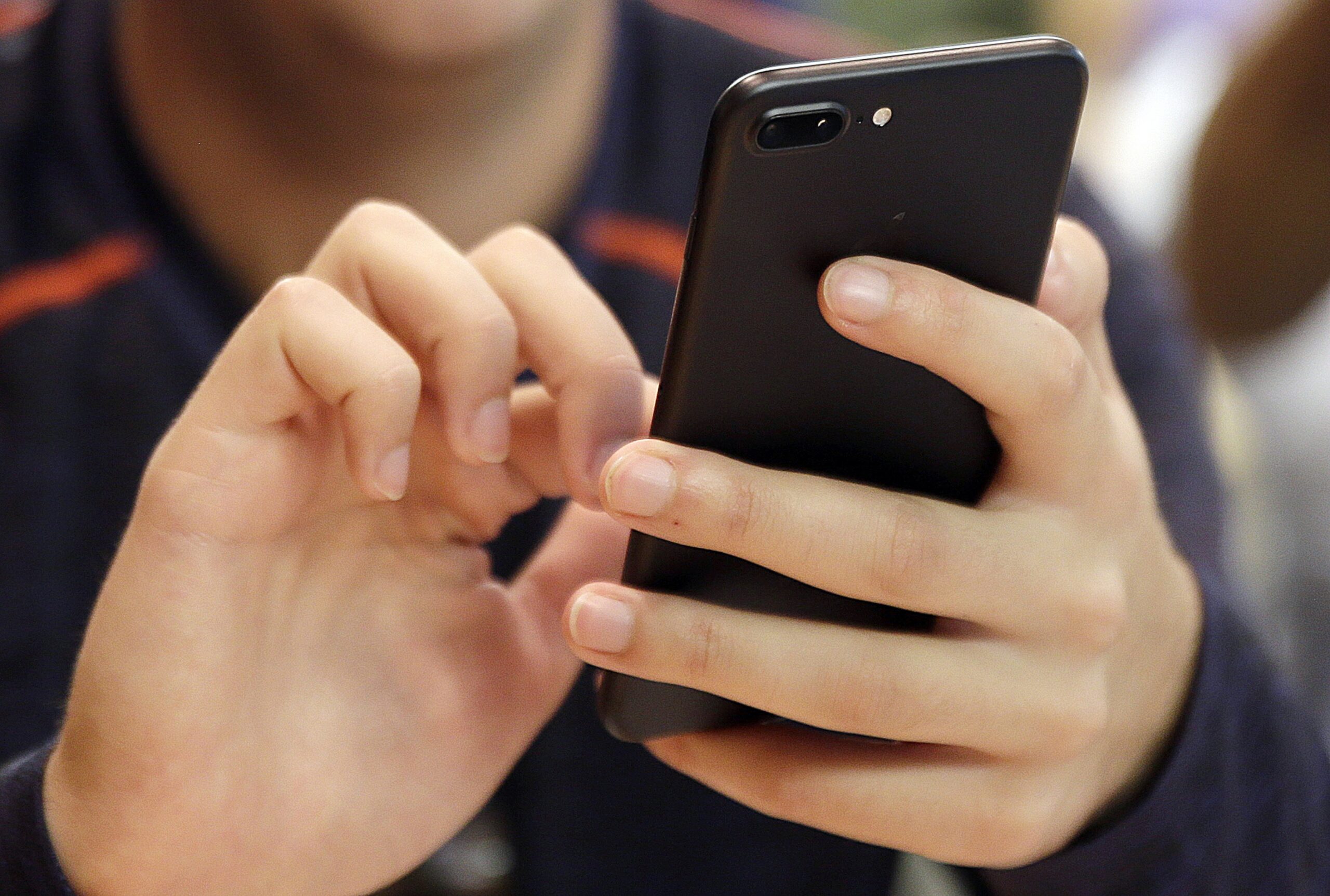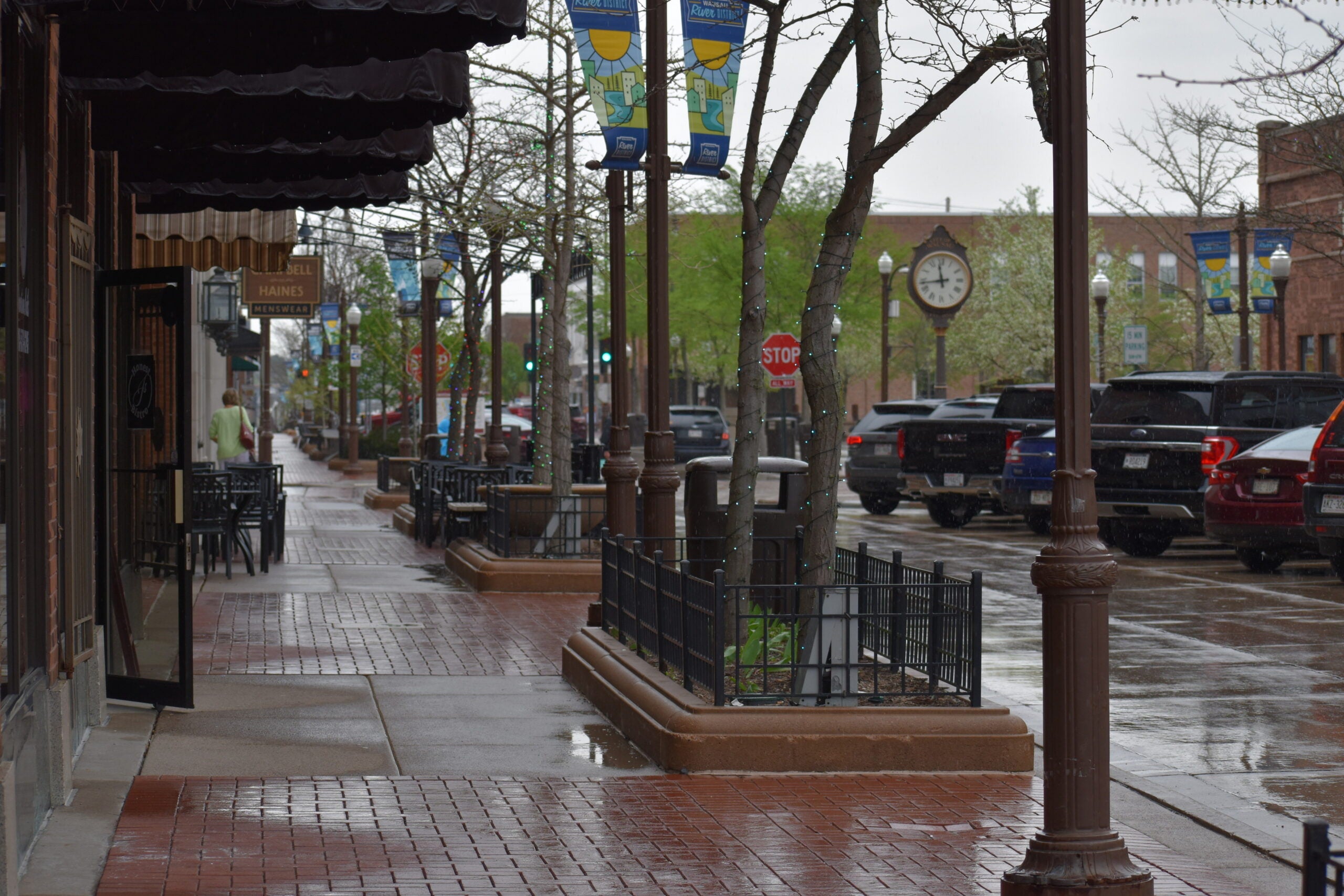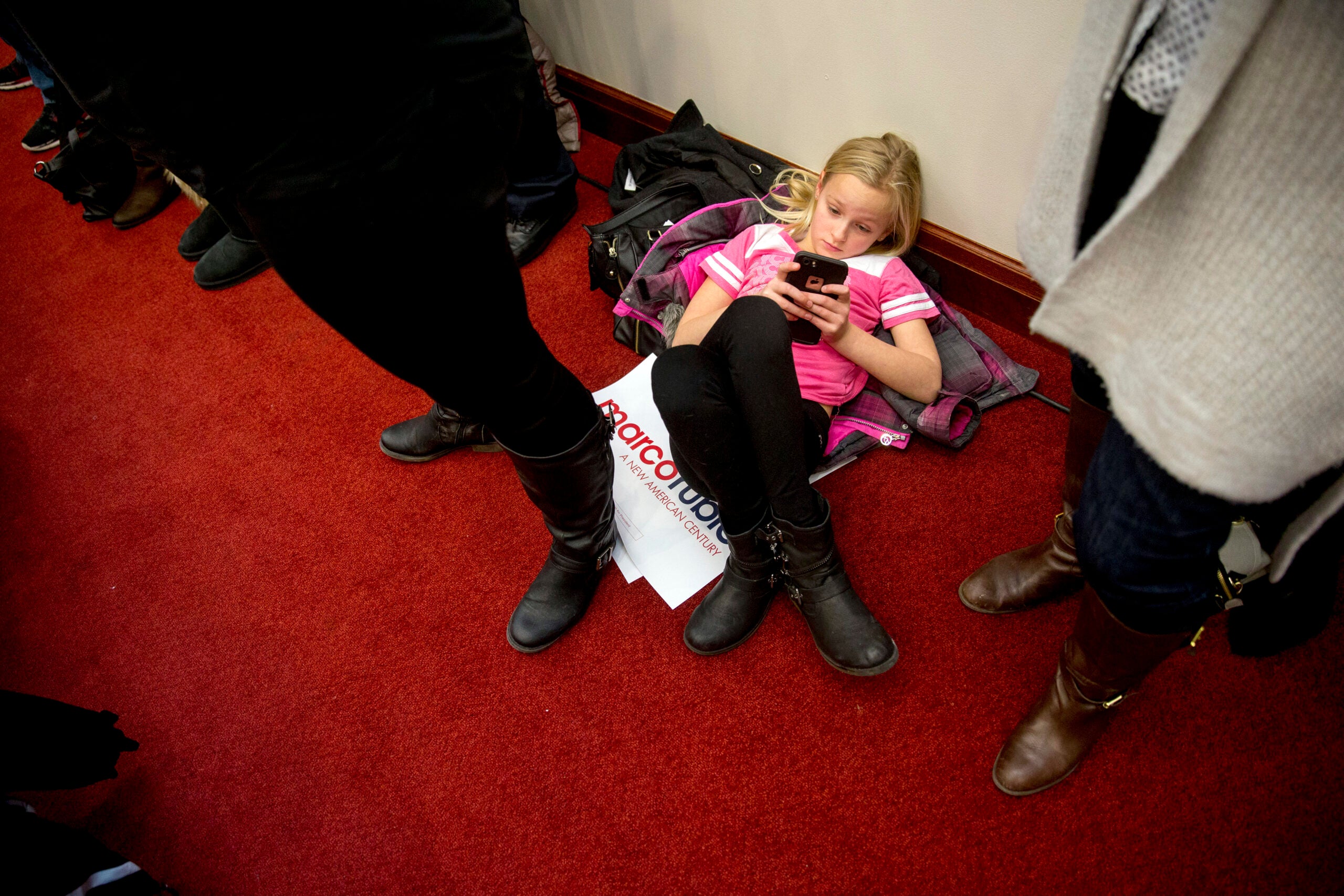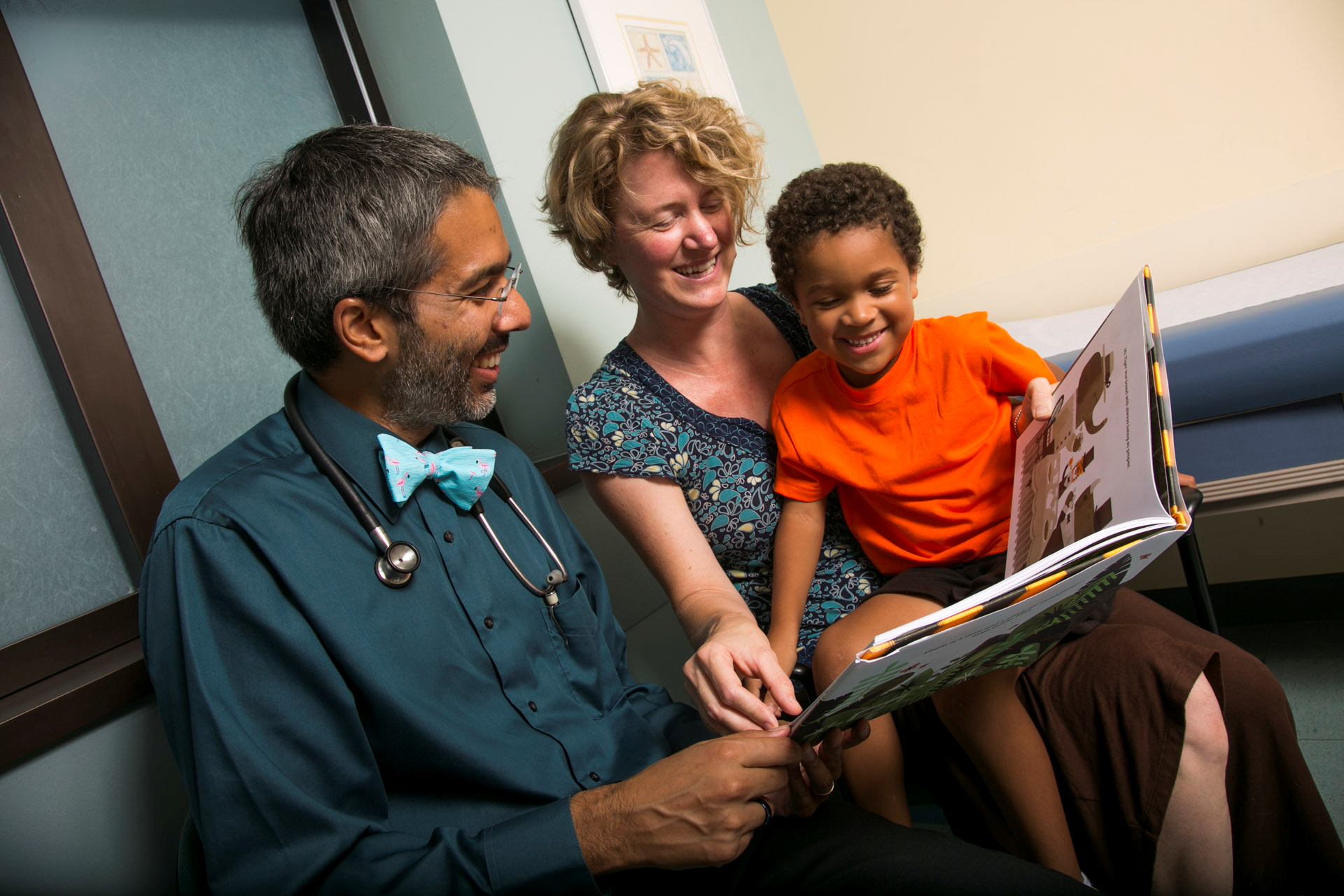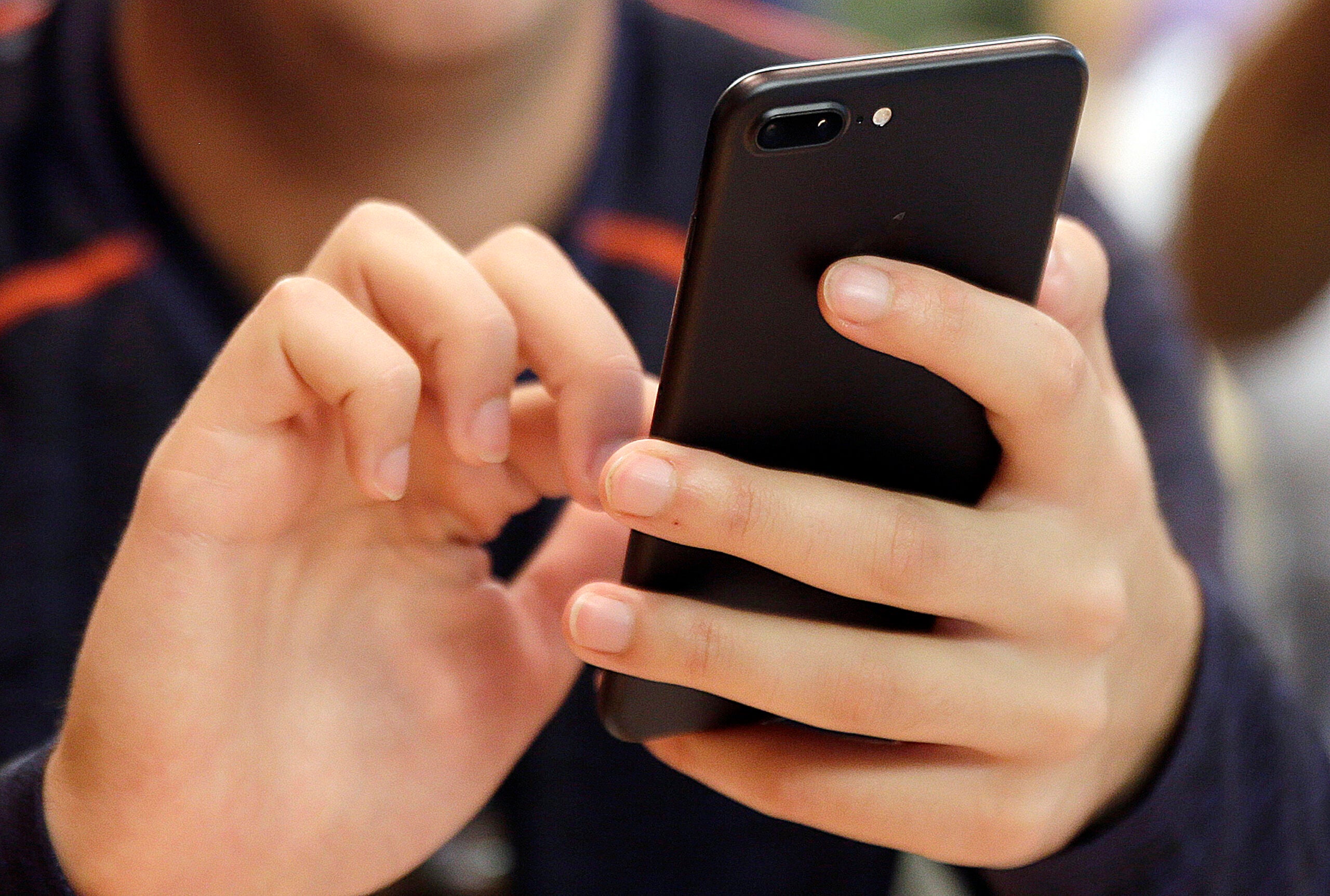The leader of the social media and adolescent research team at the University of Wisconsin School of Medicine, Dr. Megan Moreno, says conversations about social media best practices need to include teenagers.
As social media executives are designing apps and members of Congress are weighing regulation, teens are often missing from the equation.
Moreno, who is expected to open a national Center of Excellence on Social Media and Youth Mental Health with the American Academy of Pediatrics, recently fielded questions from Beloit Memorial High School students on Wisconsin Public Radio’s “The Morning Show.”
Stay informed on the latest news
Sign up for WPR’s email newsletter.
“The depth that teens are able to think about the risks and the benefits of how they’re navigating their digital world — that just makes me so optimistic about this generation of teens and how they are thinking about their own health and their own interactions online,” she said. “And it really makes me think that we as adults have so much to learn from them.”
The following questions and answers were edited for brevity and clarity.
Possible safeguard
Acknowledging some of the potential harms around extended social media use, the Beloit students asked what steps social media companies take to mitigate those harms.
Trinity, junior: What are social media developers doing to enhance the safety for children?
Dr. Moreno: Some of what we have been seeing is discussions about allowing teens more agency in contributing to the algorithm that prioritizes content for them. Or I have even heard chats about allowing teens to reset their algorithm.
So, if you look at some content and it takes you down a rabbit hole that you’re not feeling good about, having the capacity to just do a hard reset and rebuild your algorithm — that would be a really exciting option for teens.
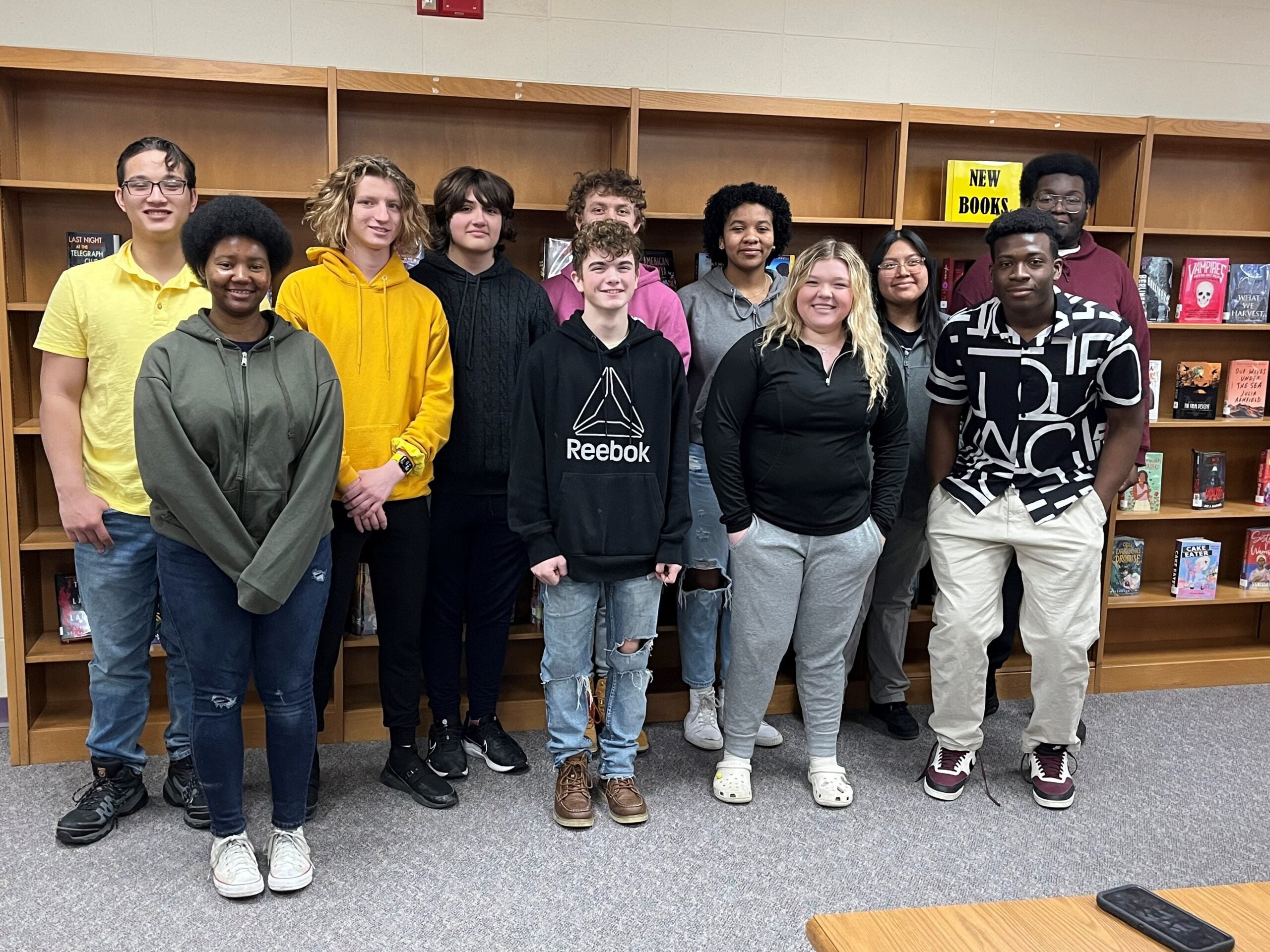
Stuck in the rabbit hole
Teens are using social media more and more. A survey from Common Sense Media found teens average about an hour and a half of use each day.
Social media use has also gone up among 8- to 12-year-old children, according to the same survey that used data from 2021. About 18 percent of children in this age group reported using social media every day, a figure that is five percentage points higher than in 2019.
Nashaun, senior: Has social media been purposely engineered to be addictive?
Dr. Moreno: What we do know is that (with) the nature of social media — the way that it will show you different content every time you log in — you can scroll and you might be exposed to different content. People have described that as being analogous to a slot machine. You pull the handle, the dial spins, and you don’t know what you’re going to get. There’s that chance that you’re going to get something really, really exciting.
So, we know that for some people, gambling, slot machines or those types of environments … those can trigger dopamine for people and that dopamine response can become something that you continue to pursue. So, it can be addictive. But we also know that it’s not addictive for everybody. Not every person who pulls the lever on a slot machine is going to continue to pull that lever forever.
It seems as though the way it is designed can trigger addiction for some people, but we don’t know a lot about (the) ways we could tell whether you have that risk or not.
Mental health effects
Whether it’s a distraction, a sleep disrupter or a greater exposure to bullying and harassment, social media harms have become more clear over the last decade, according to research from the Mayo Clinic.
Nolan, senior: Are there any efforts being made to encourage breaks and combat anxiety, depression and suicide in social media use?
Dr. Moreno: We are seeing some exciting discussions about the concept of taking breaks from social media. So, TikTok has been talking about a process where after an hour on TikTok, there would be a pause and there would be some messaging about taking a break. Some of the other platforms have also talked about having “maybe it’s time to take a break” messages pop up.
One really interesting thing about this effort is that platforms will have to be really, really careful with how that messaging pops up because we know that for many people — and for the adolescent age range in particular — being told to do something in a way that feels pedantic or feels like you’re being treated like a kid can trigger that feeling of, “I’m not going to do what you tell me.”
There has been a lot of thought put into: What would that messaging look like? How can we make it feel optional and feel like you’re giving the teen agency to make this decision for themselves rather than it feeling like you’re being told what to do?
A positive use
When it comes to how users craft their own social media profiles, Moreno said teens have control over how much those profiles resemble their real lives. While she said it can be human nature to shape our public image, doing so can lead to a worse experience on social media.
Cadler, junior: Do you think social media defines who we are or do we put on a facade for the public view?
Dr. Moreno: To zoom out, where else do we put on a public facade? There are studies about areas where people commonly falsify the information they give. So, one study was done years ago on whether or not people give their accurate weight on their driver’s license. Another study found that women are unwilling to share their accurate shoe size with people, which I find fascinating.
So, it is good to acknowledge that there are other places in our lives where we might feel tempted to present a version of ourselves that we view as the best self. Now, social media is a different animal because it allows us to construct an entirely online persona.
One thing that we see in the research is that the more you can align your online persona with who you see yourself as — your authentic self — the more healthy an experience you’re going to have on social media because people are going to be engaging and interacting with you as you are rather than as you think that you should be.
Wisconsin Public Radio, © Copyright 2025, Board of Regents of the University of Wisconsin System and Wisconsin Educational Communications Board.
